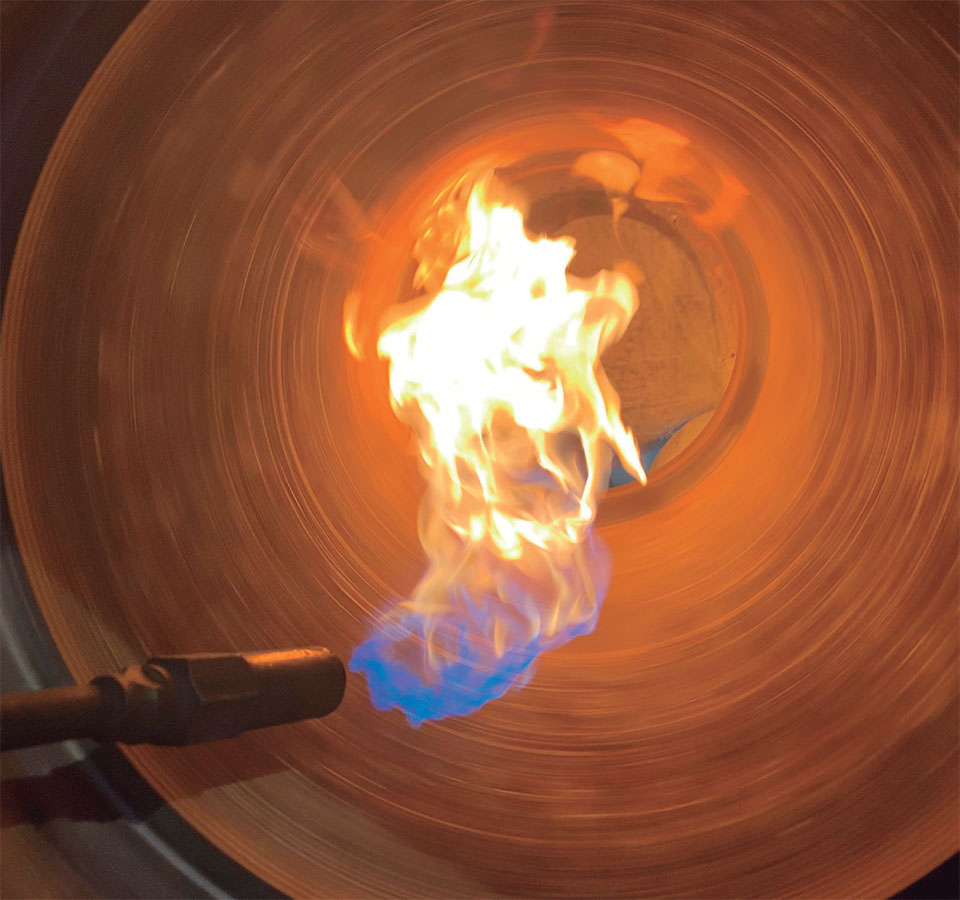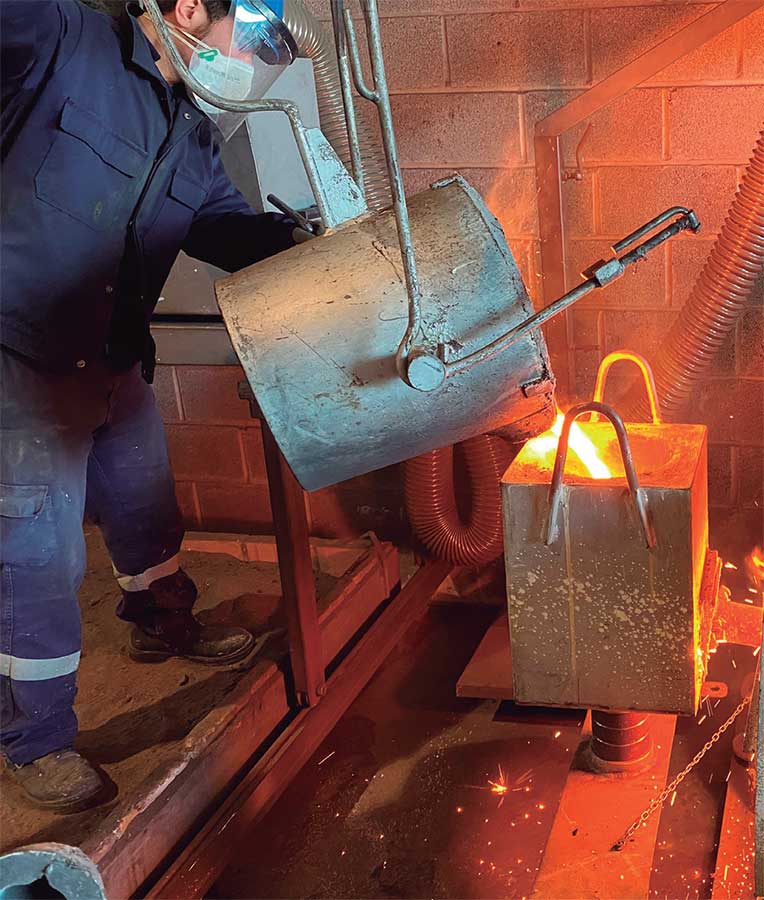BICAST
DEVELOPING ADVANCED COMPONENTS FOR ENGINE SLEEVES
ENGINE SLEEVES ARE USUALLY MADE OF GREY CAST IRON WITH A CHEMICAL COMPOSITION RICH IN CRITICAL ELEMENTS SUCH AS CHROMIUM, nickel and molybdenum. However, there are other technologies not yet implemented in the Basque Country, such as spheroidal casting by centrifugal technology, or high-silicon spheroidal bimetallic casting, which produce lighter components, lower machining costs, improved mechanical properties and greater durability. These features translate into a lower environmental impact by reducing fuel consumption and, therefore, emissions into the atmosphere. Thus, the introduction of new alloys in centrifugal technology to achieve new products poses a challenge for the Basque foundry industry, which needs to specialise in premium components with advanced properties within the European market.
CENTRICAST is a company specialised in the centrifugation of tubes and manufacture of engine parts and components. In BICAST, CENTRICAST worked in partnership with AZTERLAN, the Technological Centre specialised in metallurgy.

DRIVING FACTOR


 OBJECTIVES
OBJECTIVES
- Achieve the manufacture of new engine sleeves with improved properties that meet mechanical properties and durability requirements, by means of spheroidal and bimetallic casting.
- Extend the engine useful life.
- Improve the efficiency of the materials and metals used in manufacturing, as well as energy consumed.
 RESULTS
RESULTS
- Obtained spheroidal cast iron tubes with high silicon content that meet the required mechanical properties and, especially, showing results of elongations greater than those established and required by the standard.
- Obtained bimetallic components by optimising the manufacturing parameters and adjusting the chemical composition. The manufactured components show good bonding between materials and none of the problems characteristic of these components, such as gaps, oxides and particles such as paint or slag from the process were observed.
- Reduced overall consumption of critical elements: 6% reduction of CO2 equivalent emissions, and 3% reduction in abiotic resource depletion potential.
 CONCLUSIONS
CONCLUSIONS
- The results of elongations greater than those established for spheroidal cast iron offer possibilities for different applications that have not been considered in BICAST.
- Adequate dissemination has not been possible due to the pandemic, and therefore there is a significant risk that the components developed will be of interest in the current market.
- An environmental assessment at different stages of the project should be conducted, since the process is not always beneficial in all environmental issues involved.
ENVIRONMENTAL
TECHNICAL
ECONOMIC
COMMERCIAL
ON THE MARKET

